Railways
-
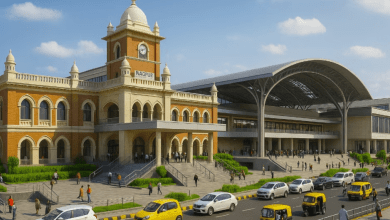
Modern Basement Parking Shaping Up Under Nagpur Railway Station Revamp
Nagpur basement parking | Nagpur railway station revamp : The Nagpur Railway Station Redevelopment Project has entered a transformative phase…
Read More » -
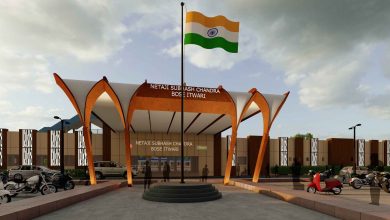
PM to Inaugurate New-Look Itwari Railway Station Tomorrow
New Itwari railway station : Big things are happening in Nagpur! Tomorrow, Prime Minister Narendra Modi is set to virtually…
Read More » -

Pune–Nagpur Vande Bharat Update: Relief for Maharashtra Commuters Soon?
The long wait might just be over for thousands of commuters in Maharashtra. The Pune–Nagpur Vande Bharat Express, a much-anticipated…
Read More » -
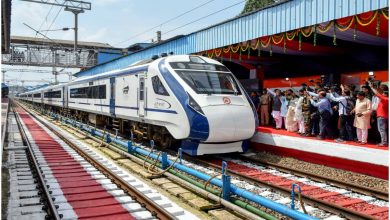
Nagpur to Mumbai Vande Bharat Express Train: Everything You Need to Know
The Indian Railways is all set to revolutionize travel with the introduction of the Nagpur to Mumbai Vande Bharat Express…
Read More » -
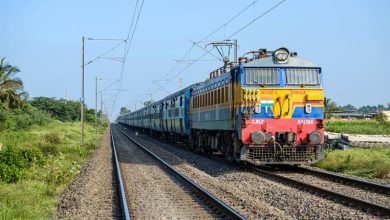
Central Railway to Run 42 Additional Summer Special AC Trains Between Mumbai, Pune, Nagpur, and Delhi From April to May 2025
summer special trains 2025: Summer travel plans just got a massive upgrade! Central Railway has announced a much-welcomed move for…
Read More » -
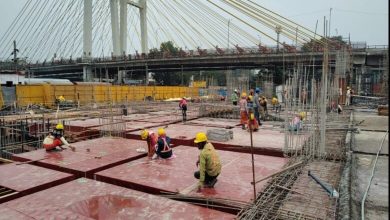
Nagpur Railway Station Infrastructure Upgrades Enhance Passenger Experience
Nagpur Railway Station Upgrades | Nagpur, India: The Central Railway’s Nagpur Division is undergoing major infrastructure upgrades to improve passenger…
Read More » -
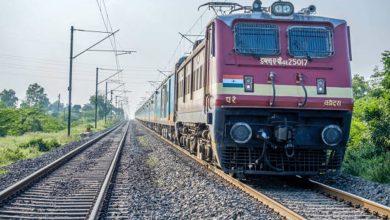
Central Railway Introduces Special Holi Trains Between Pune, Mumbai, and Nagpur
Holi, the vibrant festival of colors, brings together families and friends across India. Recognizing the surge in travel during this…
Read More » -
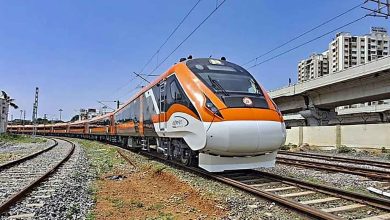
Nagpur-Secunderabad Vande Bharat Train to Be Reduced to 8 Coaches from February 19
Indian Railways’ flagship semi-high-speed train, the Nagpur-Secunderabad Vande Bharat Express, is set to undergo a significant change. From February 19,…
Read More » -
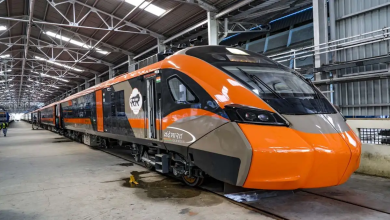
Vande Bharat Sleeper Trains: Revolutionizing Travel Between Nagpur, Mumbai, and Pune
Vande Bharat Sleeper train Nagpur | Mumbai: Imagine zipping through the heart of Maharashtra, cutting down hours of travel time,…
Read More » -

Vande Bharat Sleeper Train Between Nagpur And Mumbai To Cut Travel Time To 10 Hrs, Launch Expected Soon
India’s railway infrastructure is set for a major upgrade with the introduction of the Vande Bharat Sleeper Train on the…
Read More »

